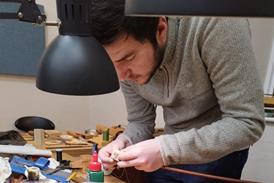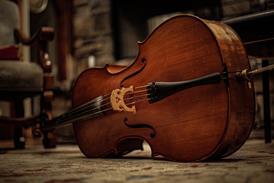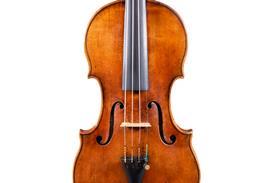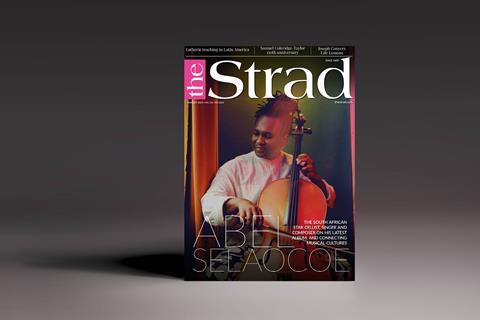- More from navigation items
- Home
- News
- For Subscribers
- Student Hub
- Playing Hub
- Podcast
- Lutherie
- Magazine
- Magazine archive
- Whether you're a player, maker, teacher or enthusiast, you'll find ideas and inspiration from leading artists, teachers and luthiers in our archive which features every issue published since January 2010 - available exclusively to subscribers. View the archive.
- Jobs
- Shop
- Directory
- Contact us
- Subscribe
- School Subscription
- Competitions
- Reviews
- Debate
- Artists
- Accessories
From the Archive: August 1910

Author William C. Honeyman responds to an article suggesting that priceless instruments should be kept in museums rather than in players’ hands
SIR,—I protest against the proposal made in your last issue that this violin should be buried alive in a museum, and I shall continue to utter such protests until I am securely laid to rest under a thick blanket of green turf. Violins were made to be played upon, and to thrill the world with their tone, not to be shut up in the dark in boxes, appropriately shaped and coloured like coffins, to rot into dust. Ordinary works of art, such as china or pictures, are in their best place in a museum, where thousands can see and admire them, but violins are quite different. They are admirable only to those who understand them, and can test them; that is impossible behind a sheet of glass; besides, wood is a peculiar thing—if you handle it, even in the shaft of a hammer, it will live and last a life-time, but the moment you put it aside, it begins to mould and decay. Wood worms are nature’s scavengers for removing useless things. The late Mr. J. G. Orchar, of Dundee, who owned two fine Strads, one Guarneri, and two Amatis, once said to me in a railway carriage in which he sat reading one of my books: “You are very hard on collectors, Mr Honeyman.” “True, but I don’t include you among them,” I replied “for you let players have the use of your violins and so give them a chance to delight the world.” Alas, I praised him too soon, for when he died it was announced that by his will those fine violins were to be buried alive in a museum, there to drop voiceless into dust! They would be better thrown into the sea, for then there would be a slight chance of their being rescued, and still being played upon.
Already subscribed? Please sign in
Subscribe to continue reading…
We’re delighted that you are enjoying our website. For a limited period, you can try an online subscription to The Strad completely free of charge.
* Issues and supplements are available as both print and digital editions. Online subscribers will only receive access to the digital versions.



























